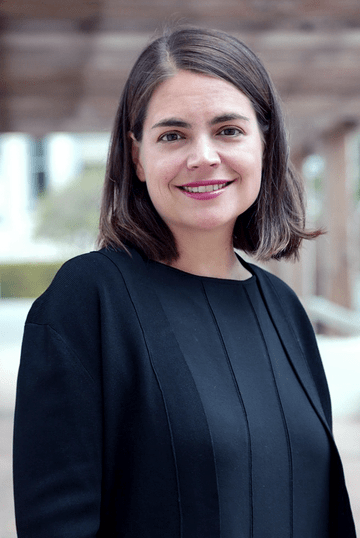New Scholarship Tool Maps the Landscape of Change
Providing funding for academic scholarships is often the most likely entry point for new philanthropists, and also very popular among small and family foundations. Large international foundations are also significant funders, alongside individual philanthropists, universities, and governments. Collectively, annual expenditures of academic scholarships in the U.S. totaled $2.2 billion (Candid’s 2017 foundation figures).
Perhaps you know someone who benefitted from an academic scholarship, or perhaps you were a deserving recipient yourself. Yet beyond the individual recipients, have you stopped to consider why scholarships are such an enduring staple of most donor’s philanthropic portfolios? Many of us believe in the transformative power of education, realizing that a scholarship will not only increase access to educational opportunities, but that the education may transform the individual, their families, their communities, and their society.
The United Nations agrees with these ideas. In 2015, the UN launched the Sustainable Development Goals as a global plan of action for economic, social, and environmental improvement worldwide. As part of this ambitious agenda, higher education scholarships were mentioned as a tool to “substantially increase” by 2020, with special focus on the least developed countries and the science and technology fields.
I research international scholarship programs, with a particular focus on the influence of scholarships on social and economic development across systems, countries, and regions. My focus is on the ways that individuals influence societies. Yet in my research and consulting work, I am often asked questions about the programs themselves: How many programs exist? Where is the gap in funding? Aren’t all scholarships the same?
These kinds of questions just became much easier to answer, with the recent launch of the Scholarships for Change portal. Created by Candid, this resource is designed to help donors increase the impact of scholarship giving. The portal is incredibly comprehensive, including over 680,000 grants that result in countless more scholarship opportunities. Moreover, the site provides funding trends data, an interactive grants map, case studies from leading programs, and a curated knowledge center. Since its launch, I have already recommended the portal widely to those who are both looking for a broader view of grantmaking and deeper insight into the more plaguing questions in the field. It is also a valuable resource to scholarship seekers, who have access to insights and strategies from the donors themselves.
There are two aspects of the portal that I appreciate most. First, the funding map! The interactive map allows you to set criteria and search for grants by recipient profiles, funder profiles, specific geography served, or geographic area covered by the award. Even more exciting, you can search based on the “desired change” or outcome desired by the funder, allowing you to see who else is trying to achieve similar goals in the same place.

Based on my research, this aspect could be a real gamechanger. In 2019, Dr. Aryn Baxter at the University of Idaho and I published a study that showed that scholarship alumni associations that existed for 10 or more years shifted into social change organizations. In short, their main focus was on the social or community changes rather than individual recipients, and they had either partnered with other alumni associations or opened their membership to non-alumni to work together to reach these social change goals in their home countries. While the Scholarships for Change portal was not created to build a network for social change among alumni associations, the idea of mapping funders which have similar goals can surely lead to interesting and exciting collaborations and put the goal at the center of the conversation.
Second, the portal has a rich library of materials which include academic books and articles, program evaluations, videos, case studies, and think pieces. I am proud to see some of my own research there, alongside a case study of the Paul and Daisy Soros Fellowship for New Americans and the Ford Foundation’s IFP alumni tracking study reports. To have access to these myriad resources is truly a treasure chest from which scholarship funders—big and small—can benefit.
As a researcher, I have partnered with others who administer, evaluate, and research scholarship programs worldwide to share academic literature and program evaluations through the Scholarship Program Research Network. We were happy to share our list of materials with this portal to bring greater attention and to share the lessons learned across time and organizations in this accessible, free platform.
One final note: Dr. Mirka Martel at The Institute of International Education, Dr. Aryn Baxter, and I started the Scholarship Program Research Network in 2017 (more information here) because as researchers of international scholarships, it was difficult to find materials; many funders do not publicly share their evaluations. I encourage any funders reading this post to consider submitting their materials to the site, so we—funders, administrators, evaluators, and scholars—can learn from each other and continue to improve these programs for future recipients.


